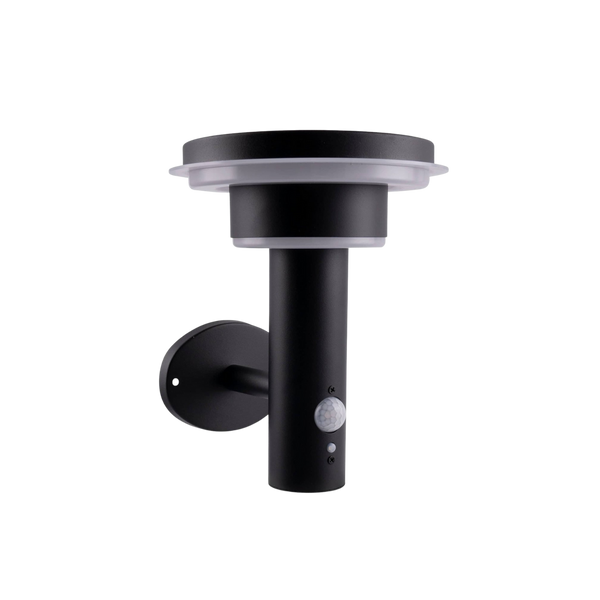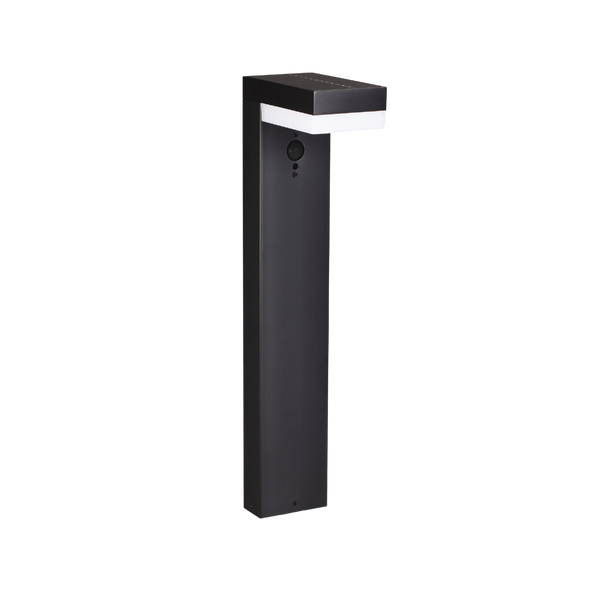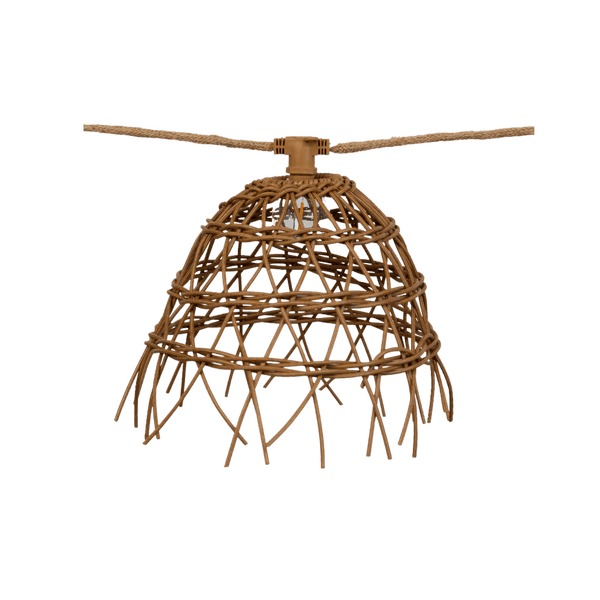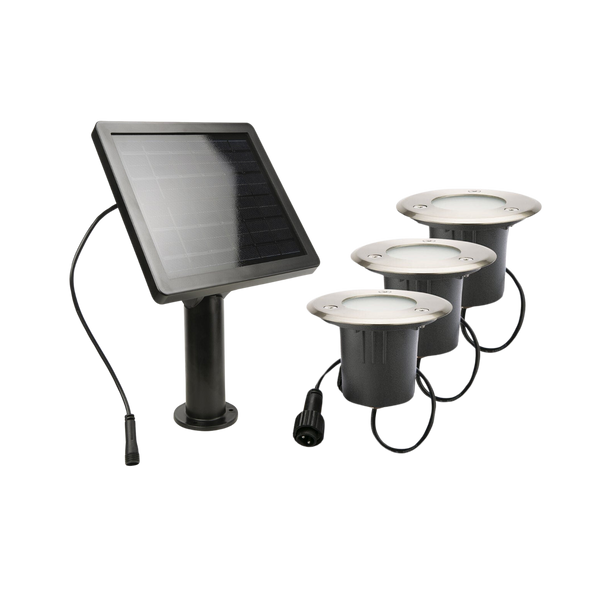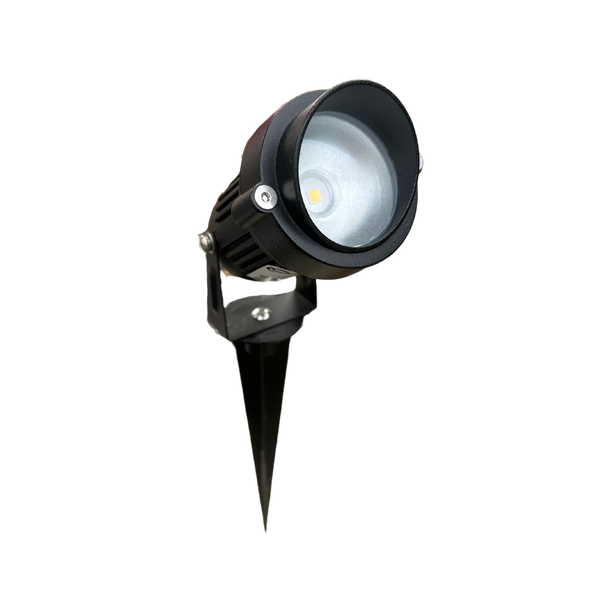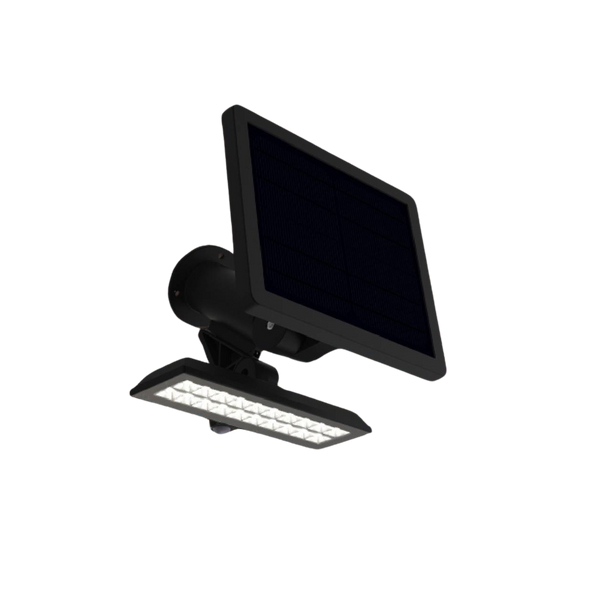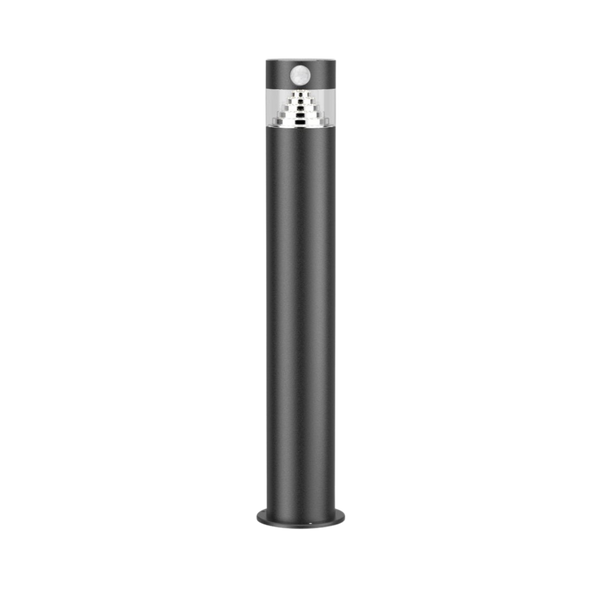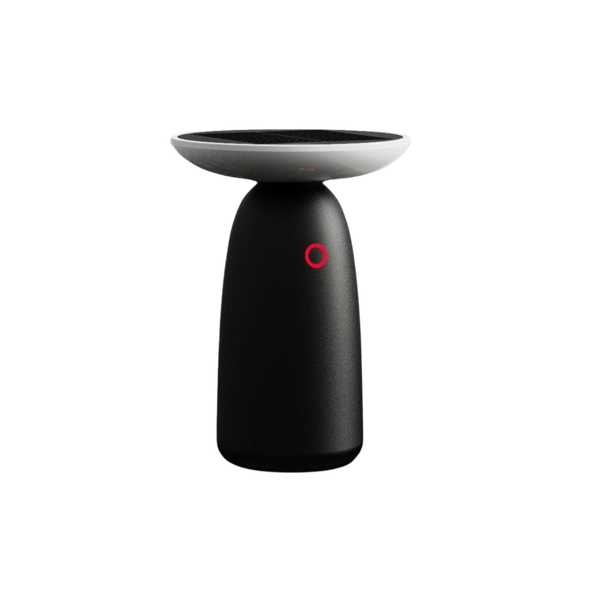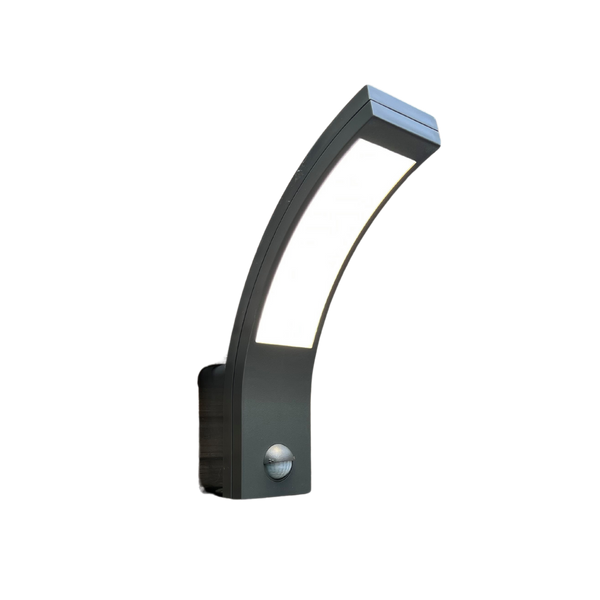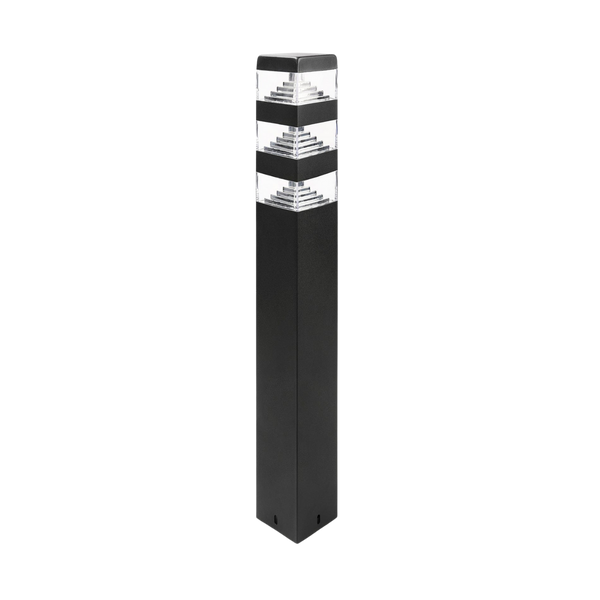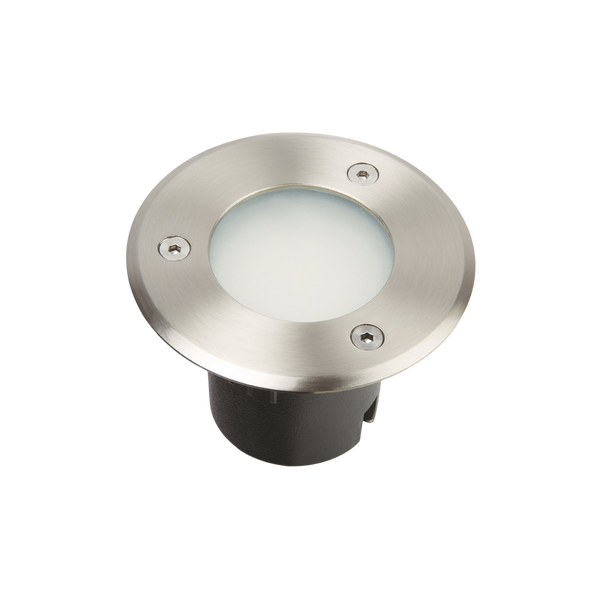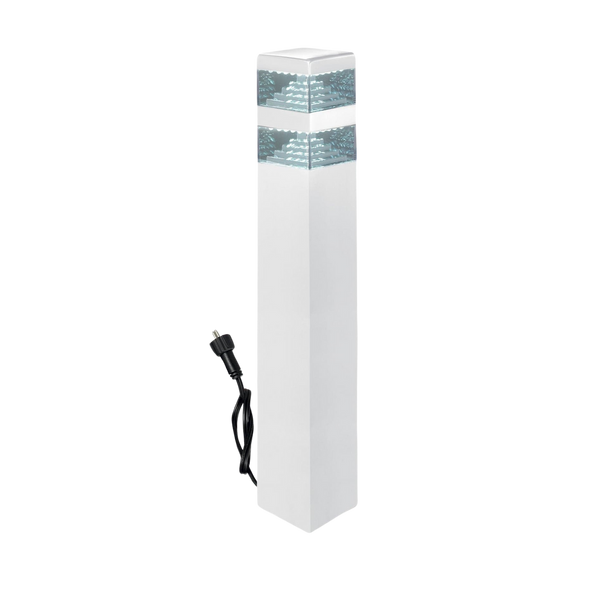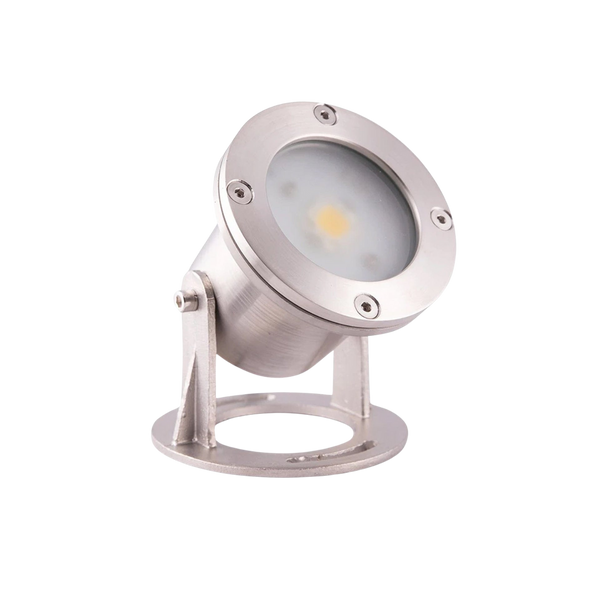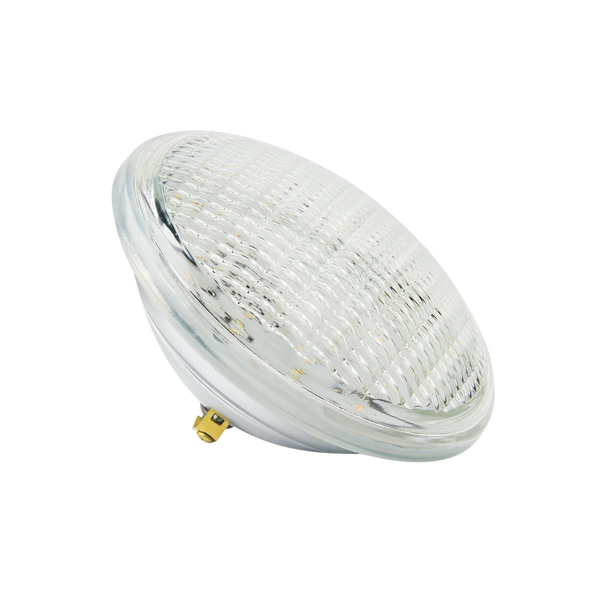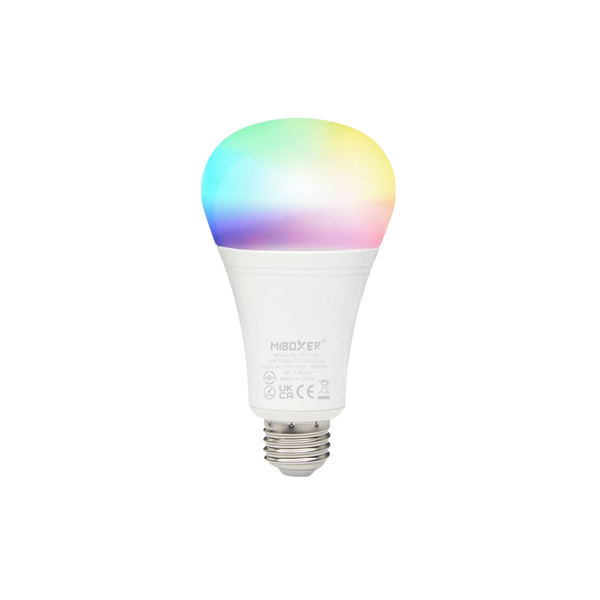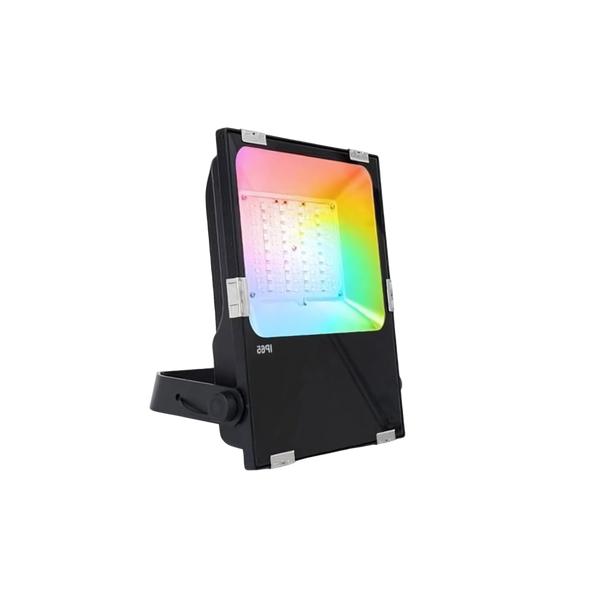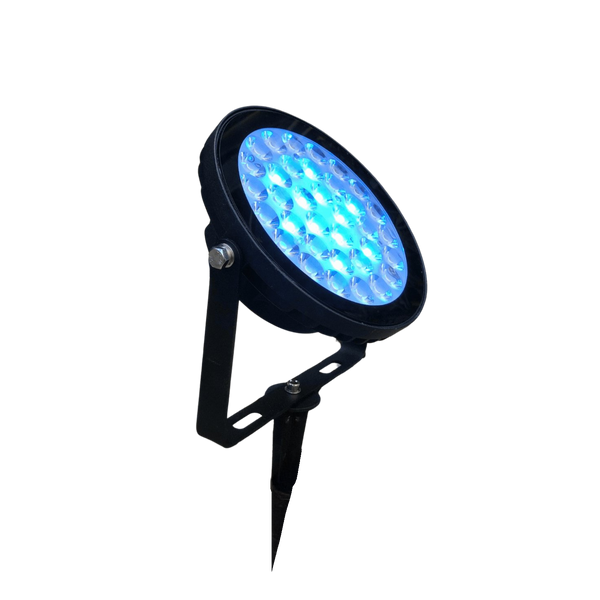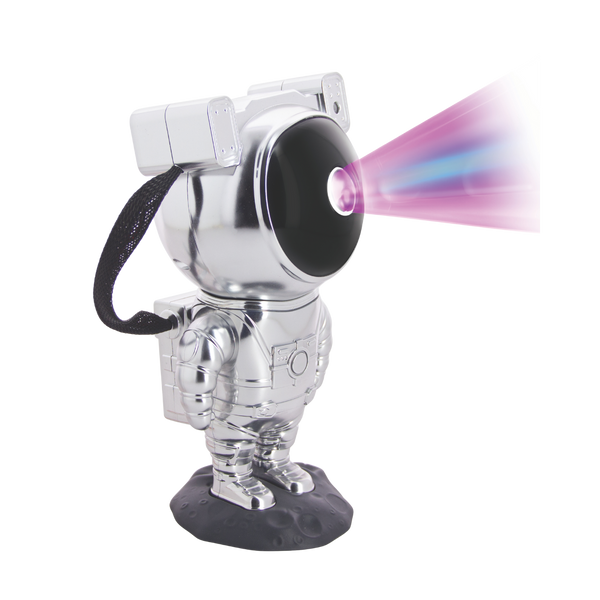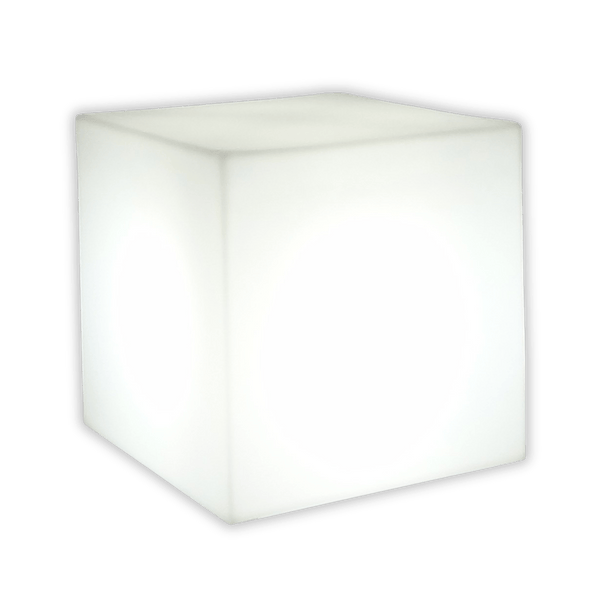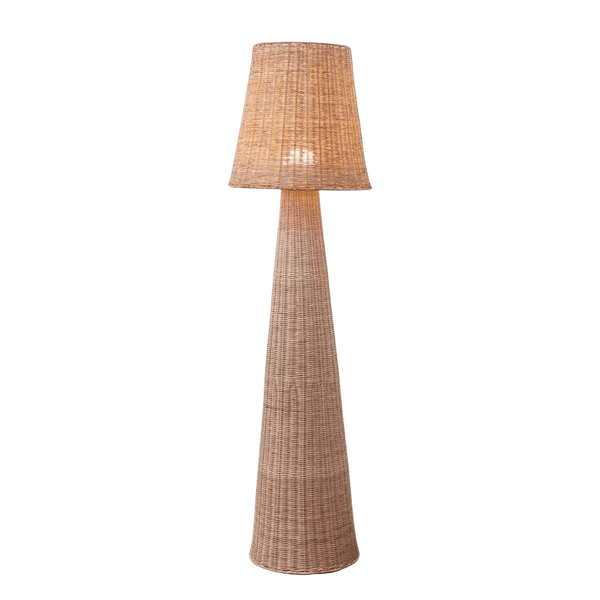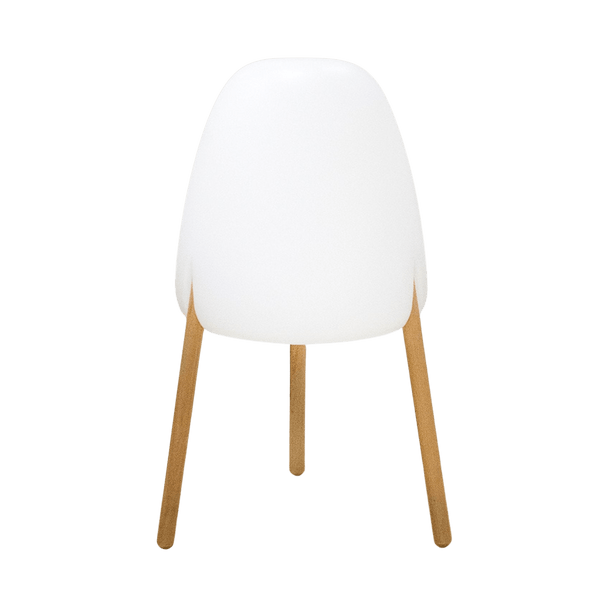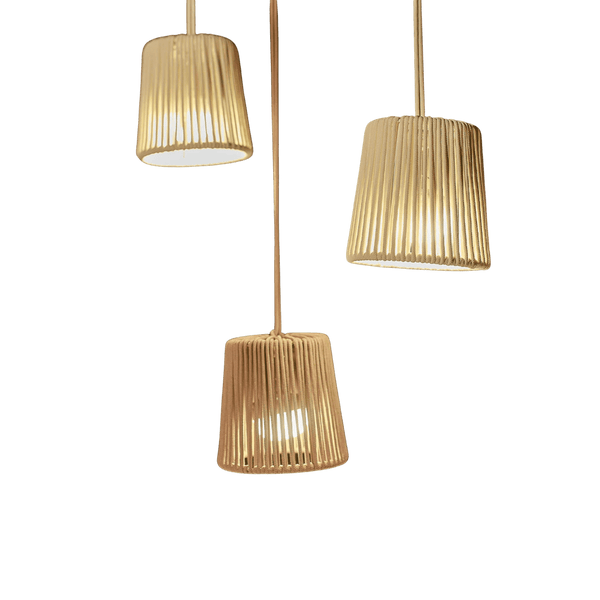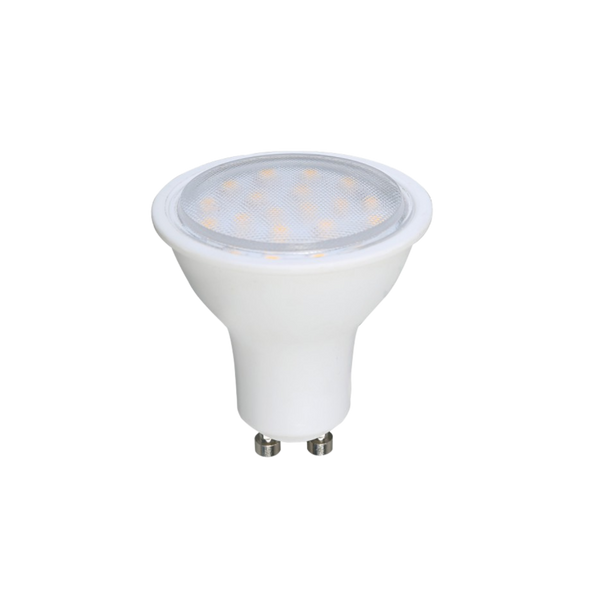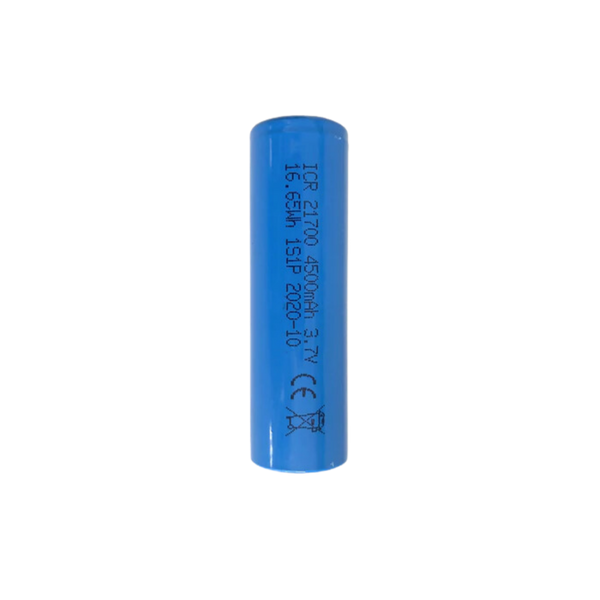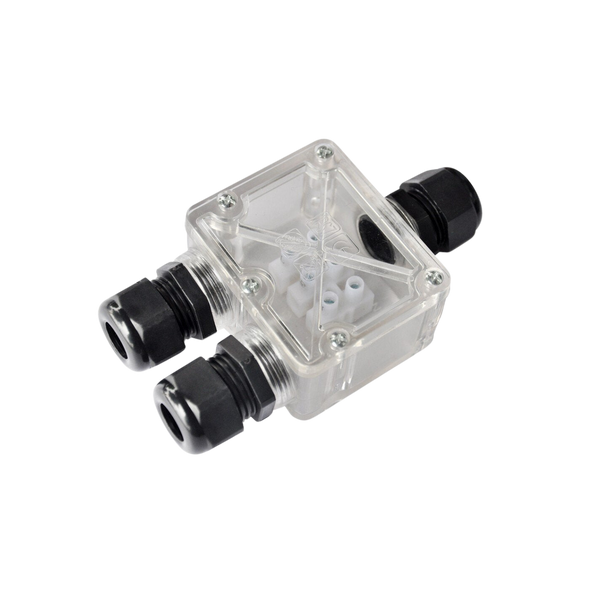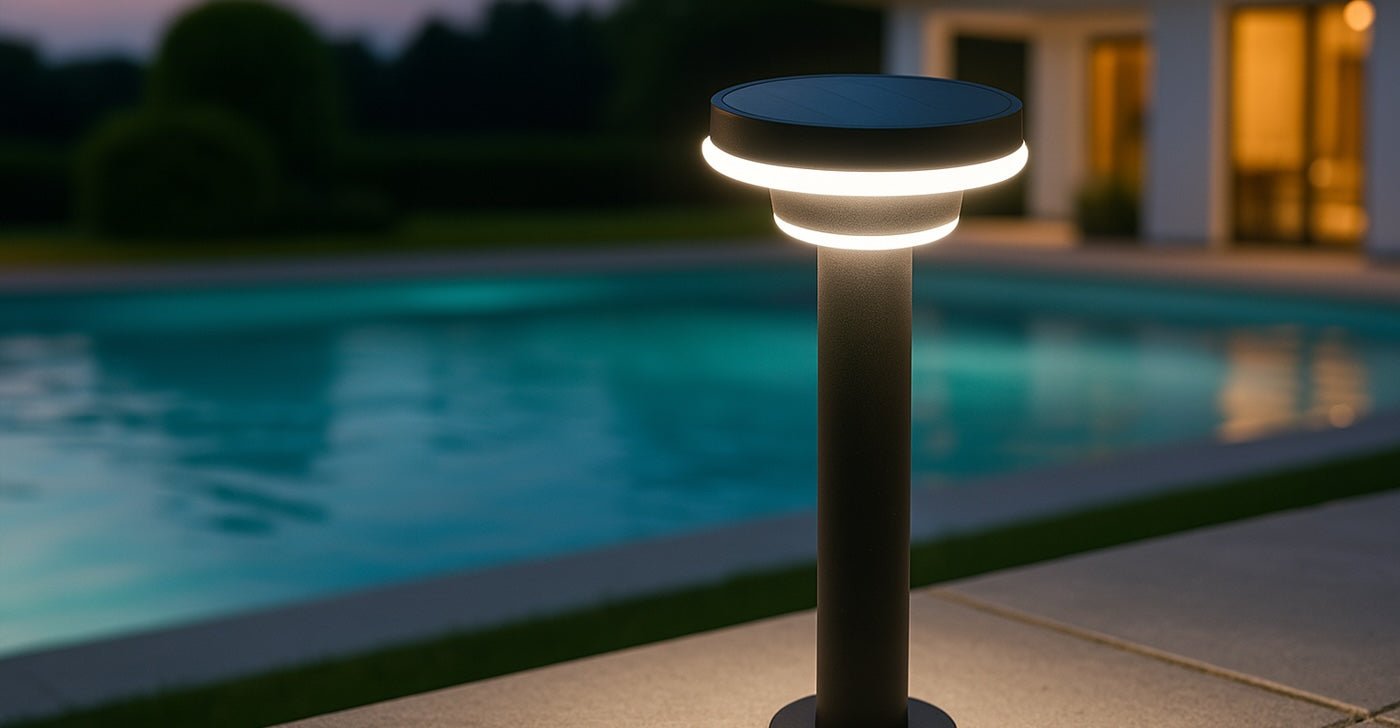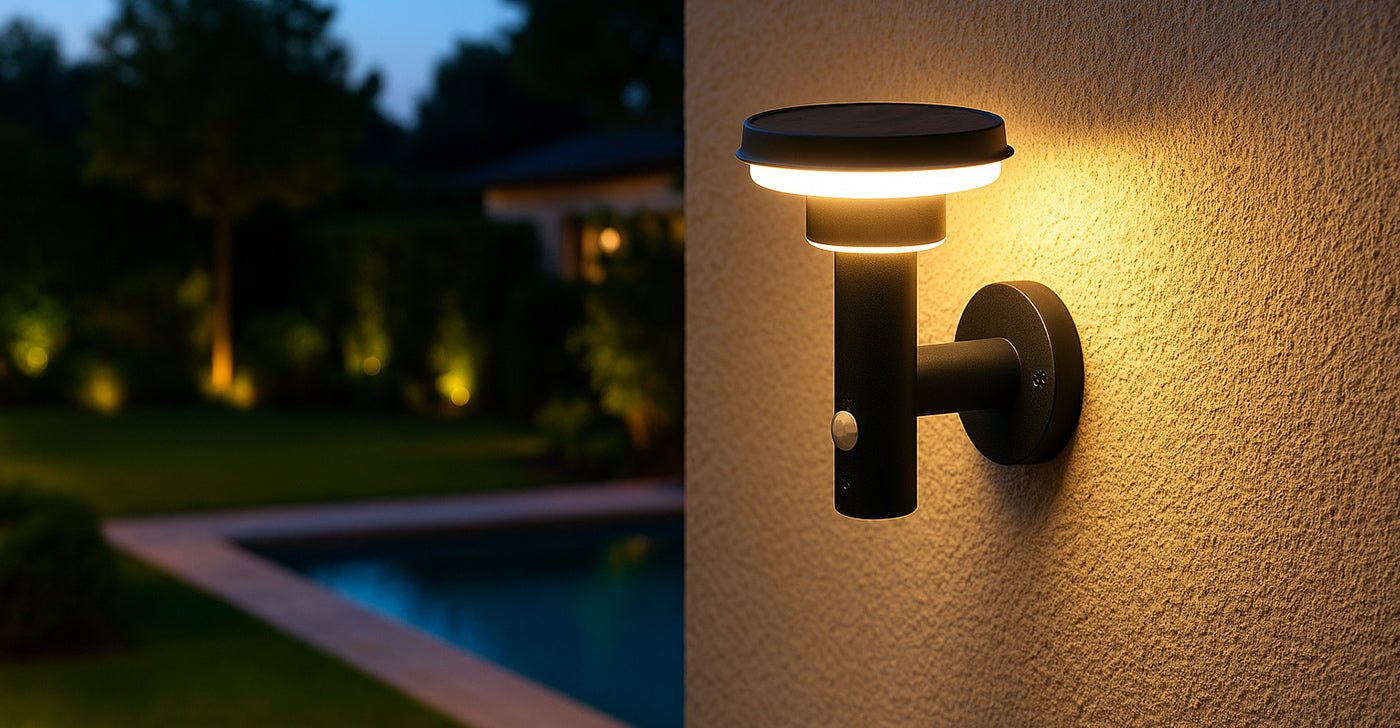There's no need to dig trenches or run up electricity bills to light up your evenings. Today, a recessed solar spotlight can transform a dark garden into a haven of light... without consuming a single kilowatt.
But you still need to choose the right models, and above all, position them correctly. Here's the lowdown (no pun intended... or almost) on everything you need to know for successful outdoor solar lighting.
Why are solar spotlights so attractive?
Gone are the days when solar spotlights were synonymous with weak little lights. Today, the right models offer real light that's useful, and sometimes even stunning.
First, there's theenergy savings: solar spotlights run on 100% free, clean energy, available every day (or almost every day). There' s no need for wiring, 230V lines or juggling electrical standards. Just plant them, point them at the sun, and you're done.
Then there's the ecological aspect: no network consumption, no carbon impact linked to use, and increasingly recyclable materials. Not to mention the ease of installation: no wires, no trenches, no stress.

When it comes to design, we're no longer talking about big-box gadgets. Today's models, like those offered by Lumihome, blend harmoniously with all styles of outdoor design: minimalist, contemporary, discreet or bold.
"For a long time, solar power was seen as a back-up solution. Today, technologies have evolved. At Lumihome, we're banking on reliable components, with real autonomy and good power." - Christophe Coelho, founder of Lumihome
What a solar spotlight can really do for you
It all depends on the application, of course. But solar spotlights are far more than just a decorative halo. Here's what you can expect (if you choose the right ones):
-
Alley markers: perfect for avoiding trampling your flower beds or twisting your ankle in the evening. 100 lumens is more than enough.
-
Highlighting a tree, a flower bed or a statue: properly positioned, an outdoor recessed spotlight is ideal for highlighting a feature. Once again, there's no need for very high wattage, which would be blinding.
-
Creating atmosphere around a terrace: warm light for a cosy effect, without blinding guests.
-
Secure the area around a house or gate : solar-powered spotlights with automatic twilight sensors let you light up after dark without having to worry about switching them on. Perfect for security.
Criteria for choosing a solar spotlight
Not all solar spotlights are created equal. And if you've ever tested a model that switches off after 45 minutes, you know what we're talking about.
Here are the real criteria to consider:
-
Lumen output: a 100-lumen spotlight is sufficient for most applications. This is the case with our 3-solar spotlight kit. On the other hand, if you have a very large area to light, solar may not be what you need. Call us to discuss your requirements.
-
Autonomy: a good solar spotlight should last at least 6 to 8 hours a night in winter. If the advertisement is vague, beware.
-
The solar panel: prefer monocrystalline panels, which are more efficient. Offset models capture more light, even in winter.
-
The battery: choose lithium-ion batteries, which are long-lasting and can operate at lower temperatures. Bonus: at Lumihome, some are replaceable, which greatly extends the product's lifespan.
-
IP rating: IP65 minimum, for true resistance to rain, water and dust.
-
Color temperature: for a soft ambience, aim for between 2700K and 3000K. For more functional lighting, 4000K and higher.
And if the manufacturer also tells you how it performs in winter or in weak sunlight... you're on to a serious product.

Positioning your spotlights: art and light
A good spotlight in the wrong place is like a spotlight shining on the back of the set. And believe us, it happens more often than you think.
A few simple rules:
-
Always face the panel south, or failing that south-west.
-
Avoid overly shaded areas (trees, fences, low walls): a spot in the shade will stay... in the shade.
-
Remember to clean the solar panel regularly: a fine layer of dust or a dead leaf can reduce its efficiency by 30-50%.
-
Vary heights and angles to create relief: ground recessed spotlights for paths, spotlights for shrubs, solar-powered spotlights for large areas.
Tip: some Lumihome models feature a solar panel offset from the spotlight, connected by cable. Ideal for lighting a shady corner while placing the panel in the sun.
How does it work in winter?
It's THE question we're asked most often. And the answer is: yes... but not like in July.
-
Less sun = less recharging. So less autonomy.
-
With shorter days, the spotlight is triggered earlier... and drains its battery faster.
-
A well-positioned, quality model will still last for several hours, even on overcast days.
At Lumihome, we design our solar spotlights to be efficient all year round. The key: good panel efficiency, an optimized battery, and low-consumption LEDs.
And let's be honest: even if you gain 4 to 5 hours of light per night in winter... that's already a small solar miracle.

Your garden deserves better than complete darkness
Solar spotlights are the smart choice: free, clean, long-lasting light that's easy to live with. And thanks to the technical innovations of recent years, we can now talk of real functional lighting, not just decorative lighting.
At Lumihome, every product is designed to last, to withstand the seasons, and to offer you a unique ambience. Day or night.
And between you and me... if you can shine without consuming, why deprive yourself?


